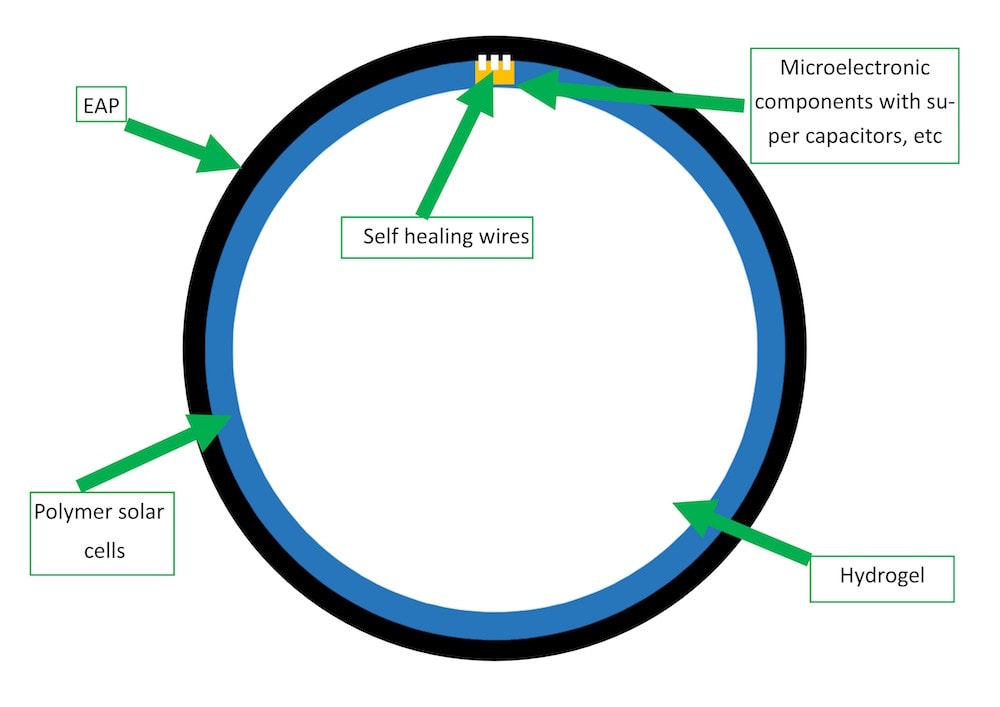One of the biggest disabilities in the world that affect billions and yet to be cured is our vision. The problem with our eye is that it degrades over time, it is not replaceable, and our lenses are sensitive. Because of these problems, our vision, probably the most important aspect into being able to live an efficient life, for the economic development of communities, and to prosper innovations, is sensitive. In order to challenge this problem, a design of a biomimetic system of the eye was called for to create new generation contact lenses. Our eyes, unlike conventional cameras and telescopes, focus not through changing the position of the lenses but through stretching. This incredibly simple mechanism is how the best eyes, from rabbits to eagles, see. It is one of nature’s amazing inventions.
Using this methodology, I have designed a potential in-vivo product that could reduce the price of contact lenses drastically, disrupt an industry that has not changed for many years, and have social impacts. This new, elegant, and simple design of contact lenses combines the latest advancements in materials science, microelectronics, and nanotechnology. The design utilizes electroactive polymers, microelectronics, and hydrogels to accomplish this challenge.
Electroactive polymers (EAP) are special polymers that change in shape and size in the presence of an electrical field. Thereby, these polymers act as artificial muscles, akin to ciliary muscles in the eye, to stretch and relax the contact lens in order to change the curvature of the lens to change the focus. The EAP would be designed to mimic the normal anatomy of the eye, the limbal ring. This polymer would be connected with micron thin self-healing conductive wires to microcircuits with microelectronic components, including radio, conductive polymer solar cells, and super capacitors such that this stretching mechanism could be controlled both on the lens and by a smartphone application that could control the power and focus of the lens. All these components would sit on top of a hydrogel substrate (a material used for soft contact lenses) surrounded by the EAP.
Such an innovation like this could pave the way into new types of eye care diagnosis, but also potential applications of augmented reality in contact lenses. One of the problems with trying to incorporate augmented reality in contact lenses is the lack of flexibility in trying to adjust into everyone’s differences in eye shapes and problems. However, a design like could not only standardize the contacts industry but also allow for a new platform to emerge in augmented reality.
This design of a lens is both mass manufacturable and can provide social change to the 2 billion people who do not have access to vision corrective devices.
Like this entry?
-
About the Entrant
- Name:Kyo Hyun Koo
- Type of entry:individual
- Software used for this entry:AutoCad
- Patent status:none

